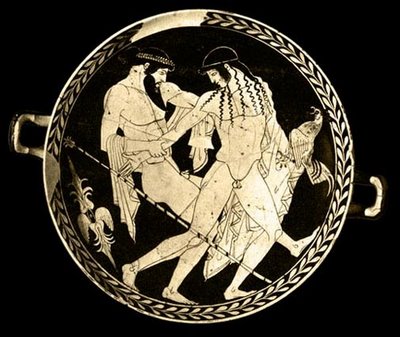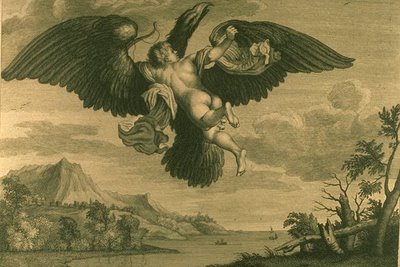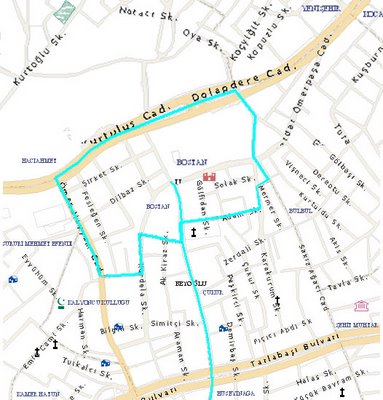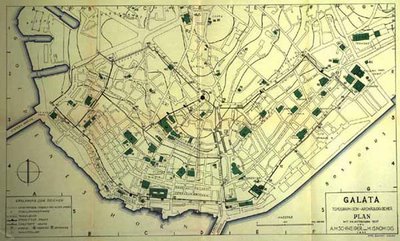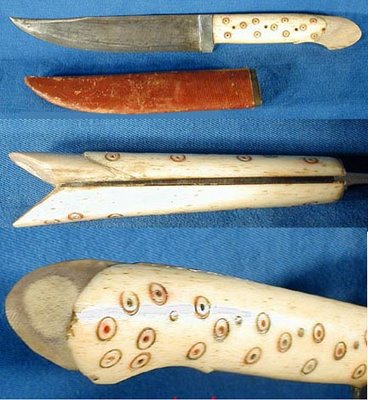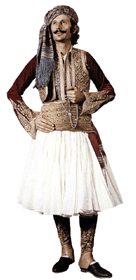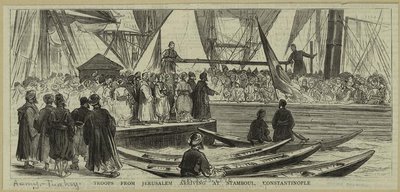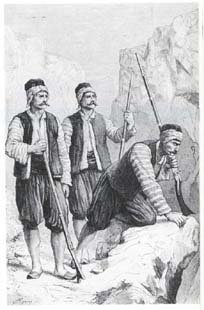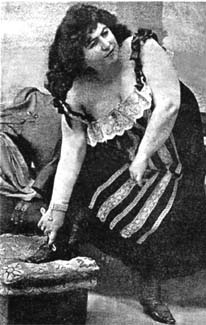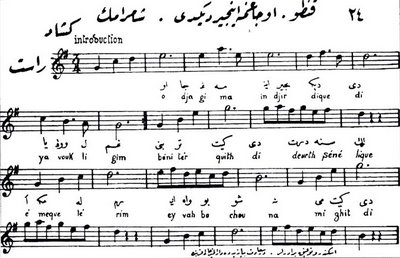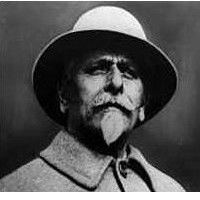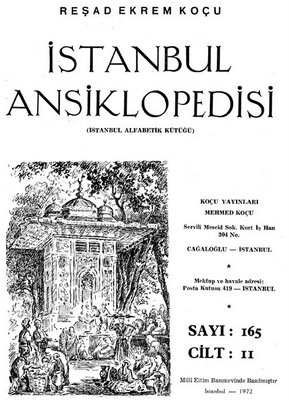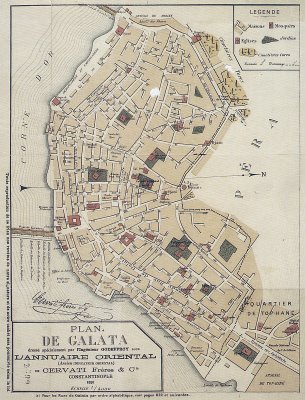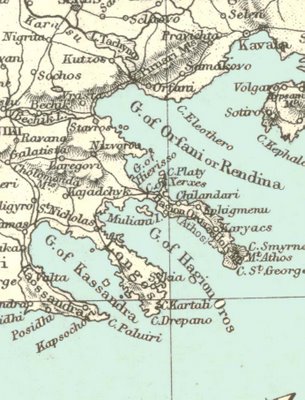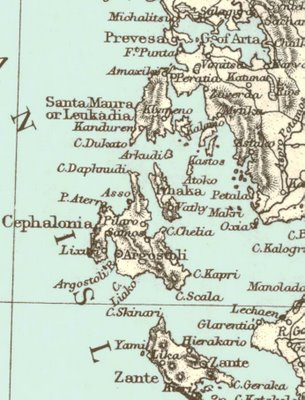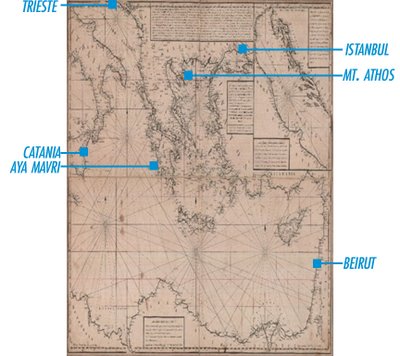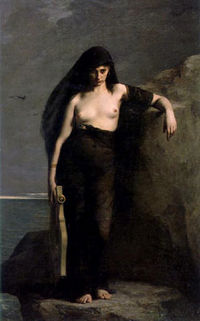1876 s/s Galicya, Austrian ship arrives in Beirut
Beirut Petri meets a young prostitute in a bordello
Prostitute tips Petri about an avenger
Beirut Murder #4 | Anesti
Knife
at sea Escape as a sailor
Italian Ship of Captain Humberto
at sea Saloniki-Istanbul run of the ship
Esther the singer on the boat
Esther to sing at Princci Casiono
Petri and Esther make love
at sea Ester becomes Petri's kept woman
Petri never stays at Esther's over the night
Dolabdere Petri finds home at a Dolabdere shack
Petri sees an avenger at Cadde-i Kebir
Pera Murder #5 | Toma
Knife
Murder night at Esther's
Pera Following night at Pirincci Casino
A Turk harasses Esther
Galata Murder #6 | Turk
Gun murder
Galata Esther's police interrogation
Galata Murder closes Pirincci Casino
Galata Esther decides to return to Saloniki
Galata Gem stone to Kaloferia
Dolabdere Rape of Peruz
Pera Peruz at the photo studio
Galata Zambo finds about the avengers
Arnavudkoy Zambo sets a trap invites Petri
Petri arrives one night
Arnavudkoy Murder #7 | Argiri Papazi
Knife
Arnavudkoy Murder #8 | Zambo
Knife
Pera Raif identifies Petri based on Esther's description
Raif hesitates between arrest and shoot to kill
Pera Petri evades arrest by Raif
Pera Petri finds refuge at Russian Embassy
Authorities request Petri's delivery to police
Pera Petri has Austrian Passport
Pera Petri sent to Austrian Embassy
Pera Police kept in the dark by the Russian Embassy
Pera Petri meets Dragoman Nicola
Dragoman is in love with Petri just like Lefteri
Safe passege arranged in two days to Trieste
Galata Nicola takes Petri to a bar
Galata Petri wants to get picture of Peruz before the voyage
Dolapdere Petri returns to Dolapdere shack
Dolabdere Raif coming out of shack
Dolabdere Ambush at the well
Dolabdere Murder #9 | Raif
Knife to the heart
Galata Nicola waits. Petri returns to bar
Sirkeci? Nicola and Petri photo at Vafiadis
Embassy officers take Petri to s/s Tirol
Esther is a deck passanger on s/s Tirol
at sea Murder #10 | Esther
Knife to the heart
Dardanelles Petri jumps to dark waters
Galata Petri assumed dead due to strong currents of the straits
Galata Police report stamped "dead' and closed
Aegean sea Petri lives by grabbing a passing row boat
Cretan Huseyin Arnabudaki Kaptan finds Petri in the boat
Arnabudaki kaptan leaves Petri in a Sisam fisherman's village
Sisam Island Petri changes name to Kiryako
Sisam Island Petri in love with prostitute Aspasya
Sisam Island Avengers at Sisam and Kiryako knows that petri is in danger
Hristodolos is one of Kiryako's "beau"s
Sisam Island Escape from Sisam with Hristodolos
at sea Hristodolos agrees to take Petri to Mt. Athos
at sea Petri becomes Hristodolos' zenane
Mt. Athos Hristodolos becomes a monk



